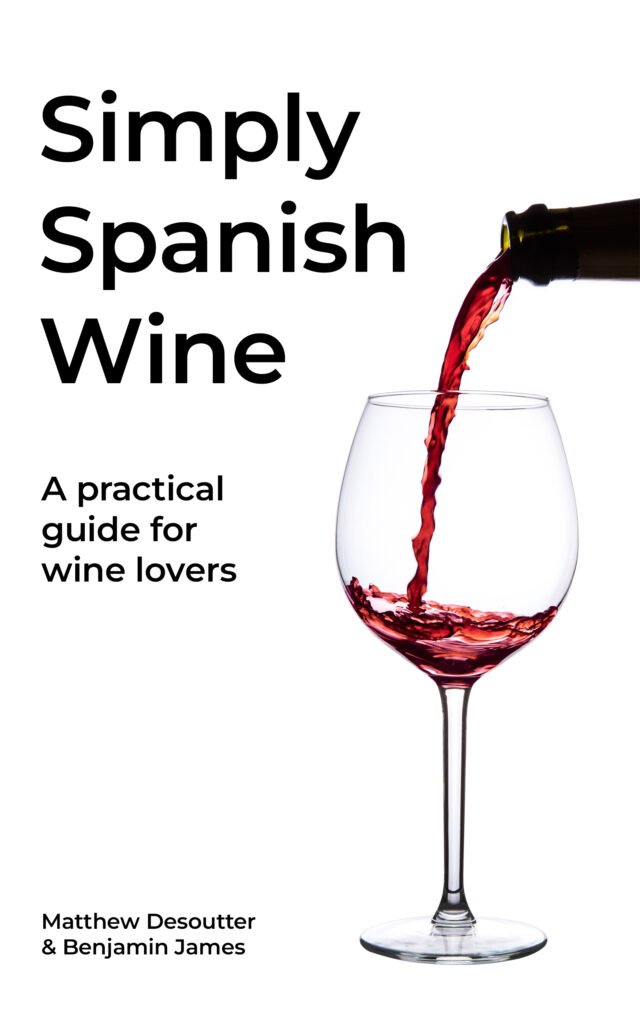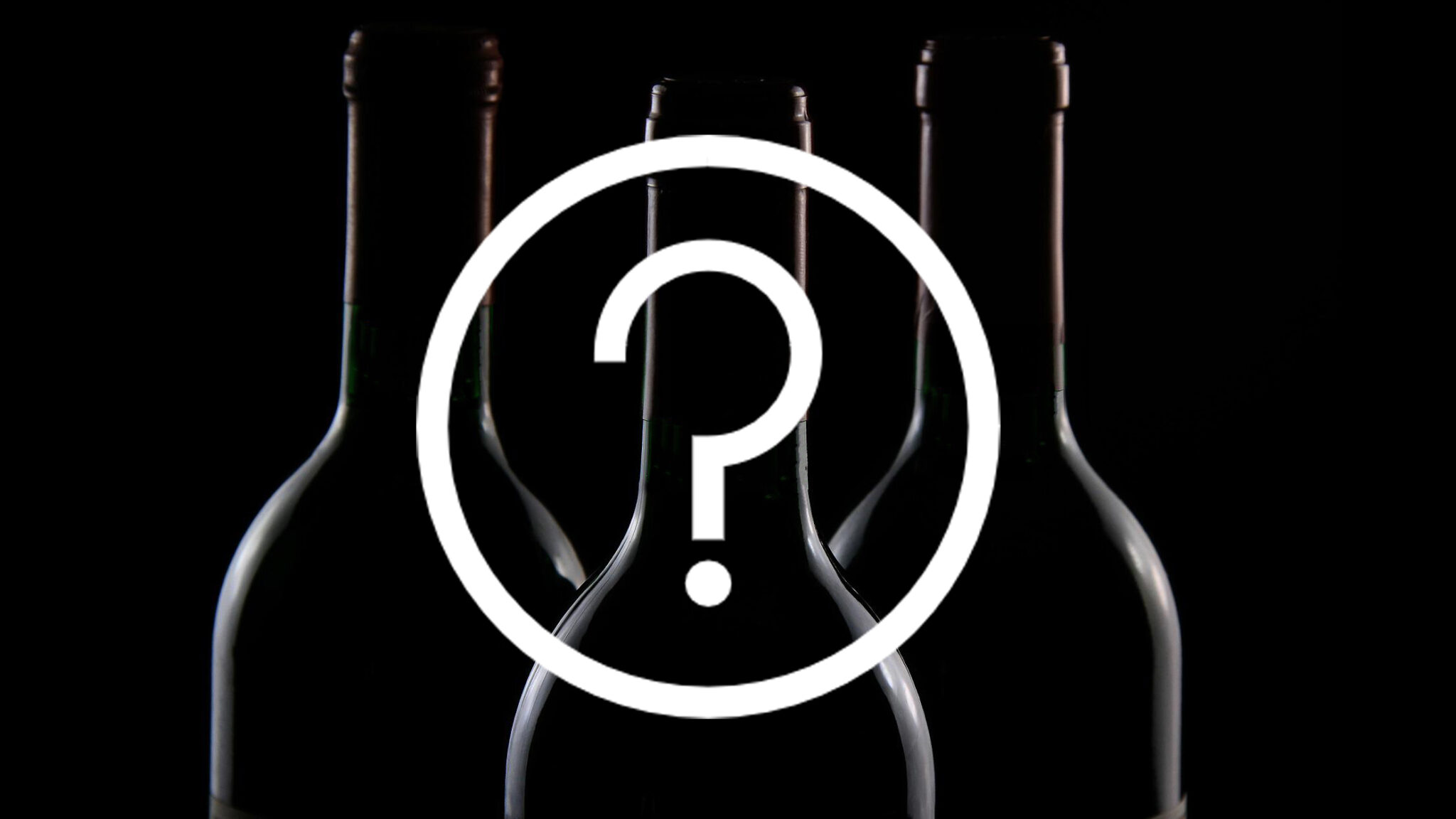People often ask us, “What is the best Spanish wine?”. And the short answer is – there isn’t one. Or at least there isn’t one wine that ticks all the boxes in such a way that it puts itself above all others.
But that answer doesn’t tend to go down too well.
So, we’ve decided to have a crack at answering the question by taking several different approaches:
- Which Spanish wines rank the highest?
- Which is the most expensive Spanish wine?
- Which Spanish wines are most popular?
- Which Spanish wines do the experts prefer?
- Which Spanish wine is the best one for you? (Spoiler alert: it depends).
So, without further ado, let’s dive in.
Which Spanish wine ranks the highest?
There are plenty of experts out there who give wines a score (usually out of 20 or 100) to tell you how good they are. Some are better than others – the experts that is – and none of them are 100% objective. They are only human after all, and they will all have their particular tastes.
But if we’re going to look at which Spanish wines rank the highest, we thought we’d take a well-known Spanish ranking system as our guide: the Guía Peñín. Peñín has been judging the world of Spanish wine for nearly 30 years now, and every year they produce an extensive guide covering most, but not all, of the Spanish wines available.
The Peñín scoring system rates wines out of 100, and as of 2024, seven wines have been given a maximum score of 100/100. And here they are:
Pazo Señorans Selección de Añada 2013
Producer: Pazo de Señorans
Region: DO Rías Baixas
La Rioja Alta Gran Reserva 890 2010 Gran Reserva
Producer: La Rioja Alta S.A.
Region: DOCa Rioja
Pingus 2021
Producer: Dominio de Pingus S.L.
Region: DO Ribera del Duero
Vega Sicilia Único Reserva Especial Gran Reserva
Producer: Bodegas Vega Sicilia
Region: DO Ribera del Duero
Conde de Aldama “Bota No” Amontillado
Producer: Bodegas Yuste
Region: DO Manzanilla Sanlúcar de Barrameda
Alvear Pedro Ximénez Solera 1830 Pedro Ximénez Dulce
Producer: Alvear
Region: DO Montilla-Moriles
It’s interesting to note the presence of two sherries on the list – the Amontillado and the Pedro Ximénez. It’s a sign that Spain’s fortified wines are being taken seriously, as they deserve to be. They are exceptional wines in their own right, which have spent many years ageing gracefully in the cellar and yet cost a lot less than some of their more “glamorous” and better-known competitors.
Which is the most expensive Spanish wine?
OK, so that’s what the judges say. But we live in a free market economy, right? So surely the best wine will be the one that people are prepared to pay the most for? Well, you could spend a happy evening debating that point (ideally with a few glasses of wine to oil the conversation). But if you did want to take the more economic approach, here are some of the most expensive wines available in Spain today.
(Note: we’re focusing here on retail prices of wines, rather than how much a particularly rare bottle of a certain wine might attract at auction or via private sale.)
The out-and-out winner in this category would have to be Aurum Gold made by Hilario García at the Arumred winery. Based in Las Pedroñeras in the Spanish province of Cuenca, Hilario García is a tax adviser turned winemaker and, arguably, the producer of some of the highest quality grapes in the country. His secret is to inject high levels of oxygen into his vineyard’s irrigation system. This, García argues, has a marked impact on the quality and growth of the grapes, as well as giving anti-bacterial properties.
The result is Aurum Gold, a wine which will set you back an eye-watering €25,000 a bottle. We’ve never had the opportunity to taste it (unsurprisingly), so we can’t comment on its quality. But whether any wine is worth what some people earn in a year is up for debate. But there you go.
At a more down-to-earth level – albeit still somewhere up in the clouds – we find Pingus from Danish winemaker turned Spanish wine king, Peter Sisseck. Sisseck is a hugely respected winemaker who has been making wines in Ribera del Duero since the mid-1990s. The 2021, 2018 and 2016 vintages will set you back around €1,500 depending on where you shop for them, whilst a bottle of the 2012 could cost you anything up to €2,500 if you can get your hands on a bottle.
On that point, it’s worth bearing in mind that some wines are “built” to age and can therefore command a price premium as they get older. All of which means that judges’ tastes and scores represent a static picture and that a wine tasted at one moment in time may taste very different 12 months later.
Fancy something more exclusive? How about a bottle of Valduero Lantigua 1991? Produced by the Valduero vineyard in Ribera del Duero, this 100% Tempranillo retails for around the €2,900 mark. But with only 200 bottles made, it might be tricky to get your hands on one.
Then there’s La Faraona, a Mencía wine from Descendientes de J. Palacios in Bierzo. This is another Álvaro Palacios project, this time run jointly with his nephew Ricardo. You can expect to pick up a bottle of the La Faraona 2021 for around the €2,000 mark, whilst earlier vintages like the 2019 and 2017 will command a slightly more accessible price of around €1,200.
Moving on, in the same price bracket as Pingus, you’ll find Álvaro Palacios’ famous and highly-regarded L’Ermita (Priorat). Palacios is from a large family of Riojan winemakers. But he is best known for his role in “discovering” Priorat in the late 1980s and turning it into a mecca for red wine lovers. If you fancy adding a bottle of L’Ermita to your wine collection, then be ready to shell out between €1,200-1,800 a bottle depending on the vintage. We’ll have two, please!
Prefer something white? How about a bottle of Castillo Ygay Blanco Gran Reserva Especial 1986 from Marques de Murrieta? Aged white Riojas are becoming a bit of a thing among collectors and wine writers, and the Castillo Ygay is particularly sought after because it’s not bottled every vintage but only when the winery considers it’s up to par. The 1986 vintage spent 21 years in the barrel before it was bottled and released! Even then, the wine magazine Decanter suggested it might be “still a touch on the youthful side”! And the price? Well, at the time of writing, you could pick up a bottle at El Corte Ingles for a mere €1,600 – perfect for sipping by the pool!.
So, now we know some of the more expensive Spanish wines on the market – and how much we’d have to re-mortgage the house to get hold of them!
Which Spanish wines are most popular?
“But what about the popular vote?” I hear you ask. “Surely if a wine is bought by lots of people, it should be good?”
Well, not necessarily. There are some wine names which are almost ubiquitous in the marketplace. Wines like Campo Viejo and Viña Sol are on supermarket shelves everywhere. And Castilla La Mancha, produces more wine than all the other Autonomous Communities combined. But a very big chunk of that is put into basic table wine.
We’re not saying you won’t find a decent bottle of wine in a supermarket (although we prefer a more select approach). But if we want to try to identify the best wines in Spain, then looking at volume doesn’t get us very far.
Which Spanish wines do the experts prefer?
With so many wines to choose from, what do the wine experts have to say? The answer is not clear-cut, partly because the experts spend their lives tasting a huge range of different wines every day. So, pinning it down to a few bottles is a real challenge.
But some of them do give us a guide. One example is world-renowned Spanish wine expert Sarah-Jane Evans. Sarah’s a regular contributor to wine magazine Decanter and has published her list of top ten Spanish wines for 2023.
As Sarah herself admits “the problem is, Spain is not a country to capture in 10 wines”. But she does a great job highlighting the breadth of wine the country has to offer. It’s great to see not one but two amontillados included in the list, as well as a couple of Galician Mencías. The far north west of Spain is rightly regarded for its crisp, fresh white wines – particularly Albariño. But it’s also got some cracking light, minerally reds that are well worth investigating. And Sarah-Jane clearly likes them.
Then there’s another Master of Wine, Tim Atkin, whose special reports on Spanish wine are highly regarded in the wine world. Among the many wines listed on his website, his top-rated Spanish wines highlight the Scala Dei vineyard in Priorat and the wines of Veronica Ortega in Bierzo, as well as a well-deserved mention for our good friend Pepe Mendoza over in Alicante.
Which Spanish wine is the best one for you?
So, there are many ways to crack this particular nut. But in the end, it boils down to one key question – “Which is the best Spanish wine for you?”
And the answer is “it depends.”
It depends on whether you prefer crisp light whites or bold, fruity reds. It depends on whether you want a wine to drink on its own or one to go with a hearty dinner. It depends on whether it’s a sunny afternoon or a cool winter evening. It depends, it depends, it depends.
And that’s the great thing about wine. There’s one for every occasion, and the more you explore, the more you discover. The only trick is working out which wine works best for the time and place you’ll be drinking it.
Which is where Simply Spanish Wine steps in. Our book aims to equip you with enough basic information to help you identify wines that you might like to drink on a particular occasion. Read through the section on grapes and you’ll start to appreciate the different flavour profiles each can give to a wine. Then progress to the section on regions, and you’ll start to see how geography and climate can influence the final flavour and characteristics of a wine. Put all that together, and you still won’t have a definitive answer as to which is the best Spanish wine. But you will be a little closer to being able to decide which wine might be the best one for you.
Cheers!

Enjoyed this content?
Then why not get a copy of Simply Spanish Wine: A Practical Guide for Wine Lovers? Available now on Amazon US, UK, Spain and more.

